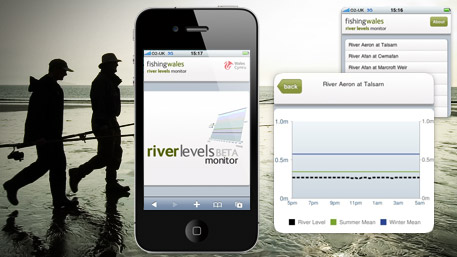One of the biggest demands by clients that we face is providing websites and applications for mobile devices. It’s no big news that web design is in a state of flux with the introduction of a wave of mobile devices, each with varying screen sizes and functionality, which raise a whole range of questions about web design best practice. Within the mobile app market, there is much debate over which is the better of two contrasting systems to deliver content to mobile devices - native applications, which can be downloaded from app stores and are installable software, and web apps - effectively websites that respond to being viewed on mobile devices.

Many argue that native apps offer better user experience; they are typically run much faster and utilise device functionality to perform sophisticated tasks, making them feature rich - plus, they don’t always require an internet connect to work. There are however drawbacks - they consume device resources, such as battery life; and require regular updates to maintain security and update their functionality. Not to mention that the issue that comes with market penetration. For example, Twitter’s mobile app might appear exactly the same on both Android and iPhone - but they will be built from different technologies - Java and xCode respectively. This presents large overheads when it comes to maintaining multi-platform apps for one service.
Mobile web apps
There are far fewer constraints when working with web apps - they require an internet connection yes - they are after all typically a mobile optimised version of a website. However, for our clients, they provide the better solution. They are extremely scalable - using standard compliant technologies such as HTML and CSS, website content can easily be optimised for mobile devices through techniques such as content adaption. There are also other technologies that lend themselves to enriching user-experience that have begun to challenge the UX of native apps - such as HTML5 and various JavaScript platforms. As a web design and development agency, these technologies have provide us with the means to create engaging and highly interactive content that can on the surface behave to a greater extent as native apps would do.
Mobile accessibility
The benefits don’t end there - one of the biggest advantages web apps has over native apps, is ensuring accessibility standards can be met. Mobile accessibility standards for web apps focuses on standardising the implementation of HTML in an effort to ensure that content are viewable on mobile devices. Back in the day, WCAG 1.0 concerned itself with standardising good, accessible HTML - but post 2008, due to the diversity of technologies that were supported by modern browsers, such as CSS and JavaScript, WAI were prompted to revise their guidelines to create for more holistic standard. The outcome, WCAG 2.0 - which has since remained the gold standard. It is important to remember that accessibility standards beyond the browser exist outside of web content accessibility standards. These guidelines don’t apply to the mass app markets we see available for the tablet and smartphone operating systems. Additionally, with native app SDK’s being made freely available to developers, regulating accessibility standards for native apps is near non-existent. Of course we haven’t touched in this post on responsive designs for mobile web design which we are currently doing lots of work on… so more coming on that.
Resources
- Wired magazine - Native apps vs mobile web
- The guardian’s smart accessibility is packed full of useful information about mobile accessibly.
- http://www.w3.org/WAI/mobile/overlap.html
- The W3C - WAI mobile accessibility
- IBM - how do native apps measure up to accessibility
If you would like to chat about how S8080 could help improve mobile website design and user experience, call 01792 485566 and ask for Chris or Matt, or email, [email protected].

